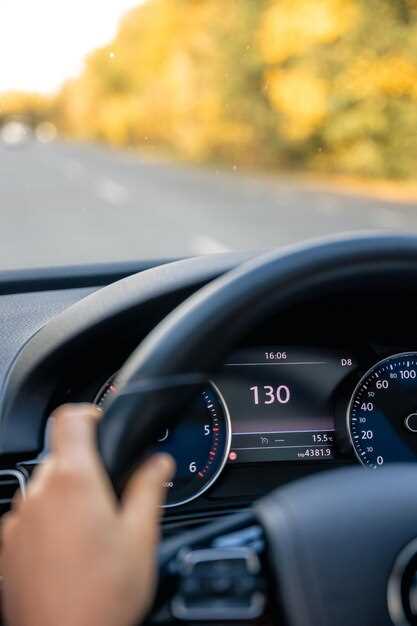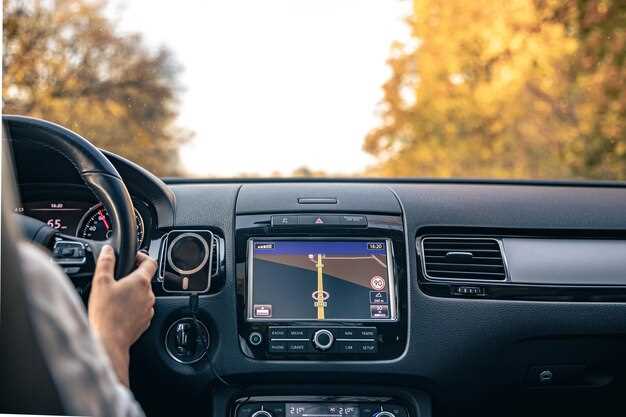
When it comes to navigating diverse road conditions, selecting the appropriate driving mode in your BMW can significantly enhance your driving experience. BMW offers a variety of driving modes, each tailored to specific conditions, ensuring optimal performance, comfort, and agility. Understanding these modes is essential for both new and seasoned drivers who wish to get the most out of their vehicle.
Two of the most popular driving modes offered by BMW are Comfort and Sport. The Comfort mode provides a smooth and relaxed driving experience, ideal for everyday commutes and longer journeys. This mode softens the suspension, allowing for a cushioned ride over bumps and rough road surfaces. It enhances fuel efficiency while ensuring that the driver and passengers enjoy a cozy atmosphere during travel.
On the other hand, the Sport mode transforms the driving dynamics, offering increased throttle response and sharper steering. This mode is designed for those who desire a more engaging and exhilarating driving experience, particularly on winding roads or during spirited driving. Engaging the Sport mode can significantly alter the vehicle’s behavior, providing a thrilling connection between the driver and the road.
Understanding when to use each driving mode can make a significant difference in how your BMW performs under various conditions. Whether you’re tackling a scenic route or navigating through city traffic, knowing the best driving mode for your situation can enhance both safety and enjoyment on the road.
How to Optimize Sport Mode for Enhanced Performance on Curvy Roads

Optimizing sport mode in your BMW can significantly enhance your driving experience on curvy roads. This mode is designed to deliver a more dynamic driving experience, allowing greater control and responsiveness. Here are some key strategies to make the most of sport mode:
1. Adjust the Suspension Settings: In sport mode, your vehicle’s suspension often stiffens, improving handling. Ensure that you have selected the appropriate suspension settings to match road conditions. A firmer setting reduces body roll on sharp turns, providing increased stability.
2. Use the Right Gear: Gear selection plays a crucial role in performance. In sport mode, the transmission tends to hold gears longer, optimizing power delivery during cornering. Manually downshift before entering a curve to maintain optimal RPMs, providing better acceleration out of the turn.
3. Increase Throttle Response: One of the key features of sport mode is the enhanced throttle response. This allows for quicker acceleration when navigating through twists and turns. Use gentle but decisive pressure on the accelerator to maintain traction without losing control.
4. Brake Late, Accelerate Early: On curvy roads, it’s important to master your braking and acceleration points. In sport mode, you can brake later into the turn due to improved stability and traction. Aim to accelerate early as you exit the curve to maximize speed while keeping your vehicle balanced.
5. Feedback from the Steering Wheel: Take advantage of the enhanced steering feedback provided in sport mode. Pay attention to the road feel and adjust your input accordingly. A responsive steering wheel allows for precise maneuvering around bends, especially at higher speeds.
6. Monitor Traction Control: Sport mode typically adjusts traction control settings for better performance. However, be aware of your vehicle’s limits. In very tight corners, manual control may be beneficial to prevent blinking traction alerts and to maintain speed through gaps.
By employing these techniques, you can maximize the benefits of sport mode on curvy roads, enhancing the overall performance and enjoyment of your BMW. Adjust your driving style, communicate clearly with your vehicle, and embrace the thrill of driving.
When to Switch to Comfort Mode for a Smooth City Drive
In urban environments, where stop-and-go traffic, potholes, and uneven surfaces are common, Comfort Mode is the ideal choice for a smooth driving experience. This mode adjusts the vehicle’s suspension, steering, and throttle response, providing a softer and more forgiving ride compared to Sport Mode.
Switch to Comfort Mode when you encounter heavy traffic or frequent stops. The softer suspension helps absorb bumps and road imperfections, ensuring that passengers enjoy a more pleasant journey. Additionally, the throttle response is moderated, making acceleration smoother and reducing the likelihood of abrupt starts that can be uncomfortable in heavy traffic.
Another scenario where Comfort Mode shines is during longer city commutes. The reduced strain on the body from jarring movements allows for better fatigue management over time. With the vehicle’s steering calibrated for easier maneuverability, navigating tight corners and parking becomes less of a chore.
Comfort Mode also proves beneficial on uneven city roads. With its emphasis on a softer ride, this mode helps in gliding over bumps and transitions in the road surface, providing a more stable and controlled driving experience. This stability is particularly important in areas with extensive roadworks or poorly maintained streets.
While Sport Mode enhances responsiveness and performance for spirited driving, it may lead to a harsher ride in urban settings. Therefore, for those prioritizing comfort and ease during city drives, switching to Comfort Mode is recommended for a smoother, more enjoyable experience.
Adapting Driving Modes to Weather Conditions for Safety and Control

Choosing the right driving mode in a BMW is crucial for ensuring both safety and control, especially when facing varying weather conditions. Each mode offers distinct characteristics that can enhance vehicle performance under specific circumstances.
In inclement weather, such as rain or snow, it is advisable to switch to a Comfort or Eco mode. These modes prioritize stability and traction, adjusting throttle response and steering feel to promote a smoother driving experience. This can help prevent wheel spin and loss of control on slippery surfaces.
When the roads are dry and conditions are optimal, engaging Sport mode can significantly enhance the driving experience. This mode sharpens throttle response, increases steering sensitivity, and modifies transmission settings for quicker gear shifts, allowing drivers to fully enjoy the vehicle’s capabilities. However, it is essential to exercise caution, as the heightened performance can also lead to decreased traction.
In adverse conditions like fog or heavy rain, utilizing features like Dynamic Stability Control (DSC) along with an appropriate driving mode provides an added layer of safety. DSC works in conjunction with the driving mode to help maintain control by applying brakes to individual wheels if it detects skidding or loss of traction.
Ultimately, adapting your driving mode according to weather conditions not only enhances performance but also ensures safety. By understanding the capabilities of each mode and applying them judiciously, drivers can navigate various environments with confidence.
